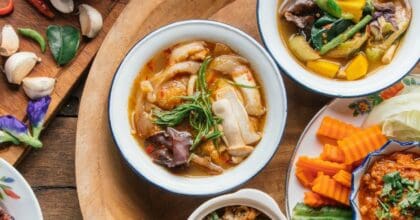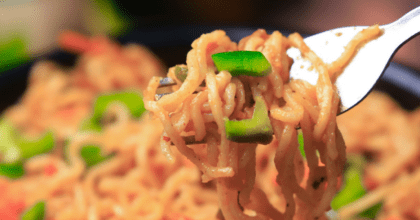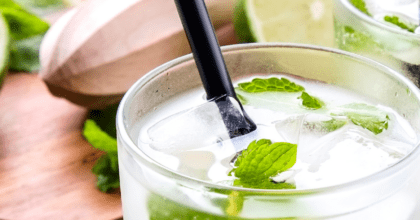Health and convenience drive rapid growth in China’s tea market
Due to the pandemic, consumers have reduced their out-of-home purchases. In the tea beverage market, this behaviour change has impacted sub-categories differently: some faced challenges brought about by the restrictions on outdoor consumption, while others saw a surprising boost. New research from Mintel, the experts in what consumers want and why, shows that China’s tea bag market has achieved a compound annual growth rate of 28.8% during the period 2015-2020, becoming the largest segment of the tea beverage category, with sales increasing 81.1%. Mintel predicts that over the next five years, the market will continue to grow substantially at a compound annual growth rate of 9.8%.
When it comes to the benefits of tea beverages, Chinese urban consumers are most interested in stress relief (45%), followed by beauty and skin care (38%) and detoxification (34%). From a product perspective, 7.7 percent of tea products launched globally in 2020 claim to have benefits related to stress relief and sleep aid, ranking second among all claimed benefits, according to Mintel Global New Products Database (GNPD).
Jenny Li, Category Director, Mintel Food and Drink, said: “The rise in demand for tea due to increased time spent at home has attracted new players into the market. Coupled with consumers’ increased reliance on online shopping, new players can quickly penetrate the market by relying on China’s mature e-commerce model. Even after the pandemic, consumers continue to look for stress relief and relaxation in their lives, a need that coincides with the product proposition of tea bags. More efficacious differentiation will also help the segment meet the growing consumer demand for physical and mental health.”
Fruit-flavored ready-to-drink tea beverages are poised for growth
Chinese urban consumers show a stronger preference for fruit-flavored packaged tea beverages, for example, adding citrus (e.g. orange, lemon, grapefruit) juice/fruit granules to black tea in ready-to-drink tea beverages (51%). Adding white peach juice/fruit pieces to white tea (39%), etc. This is most likely due to the influence of tea stores, with 65% of consumers having ordered fruit teas from tea stores, according to Mintel research.
Not surprisingly, novel flavors (65%) are necessary to encourage consumers to try new products, while local specialties also attract 50% of consumers, followed by innovative packaging formats (40%).
Jenny Li explained: “Consumers have developed their drinking habits through the various fruit-flavored beverages that are being actively introduced in the tea store market and are likely to stimulate growth points in the ready-to-drink tea beverage market.Consumers are focusing on product attributes other than taste, and factors like packaging and marketing are having a greater impact on female consumers, so market players may consider coining different features in their digital and social marketing campaigns, thus targeting different product segments.”
Consumer perceptions of sugar substitutes are mixed
Finally, Chinese consumers are unsure of the meaning of the term “sugar-free” in tea beverages and whether it relates only to sucrose or sugar substitutes. According to Mintel research, 47 percent of urban Chinese consumers believe sugar substitutes are good for health, while 20 percent believe they are bad for health. Similarly, about one-third (34%)of consumers surveyed do not know whether different types of sugar are beneficial or harmful to health.
However, more urban Chinese consumers believe that sugar substitutes not only reduce calorie intake (21%), but also improve physical function (64%). Nearly half (46%) of urban Chinese consumers believe that sugar-free tea drinks may be more expensive than the standard version.
Jenny Li concluded: “Tea market players are actively launching sugar substitute or sugar-free beverages in response to consumer demand for low/no/reduced sugar products. However, some consumers believe that cane sugar tastes better. This suggests that companies need to work harder to develop new products and cultivate consumer tastes. Consumers want sugar substitutes that contain not only sweetness but also additional benefits, yet consumer awareness of other sugar substitutes is still low. In addition to raising prices with sugar substitutes that claim to contain low/no/reduced sugar/fat/calorie ingredients, brands should re-evaluate sugar substitutes and add health benefits to meet the expectations of consumers who will be in this market segment.”

Category Director – Food and Drink, Foodservice, China
-
China Tea Drinks TrendsUnderstand the tea drinks trends and consumer attitudes in China....Discover more
-
Mintel LeapMintel Leap is a revolutionary new AI-powered platform that will transform your research process....Book a demo






































